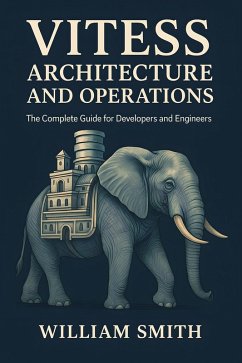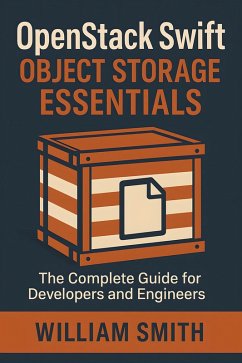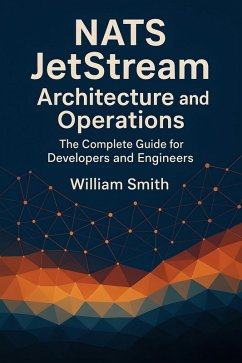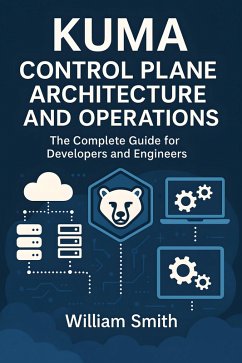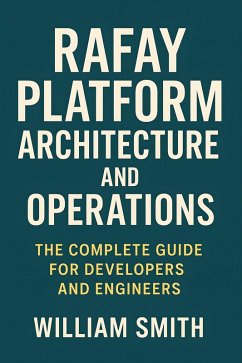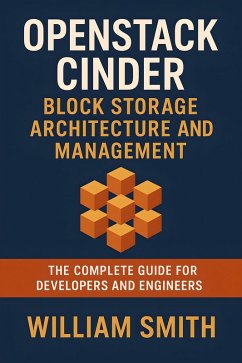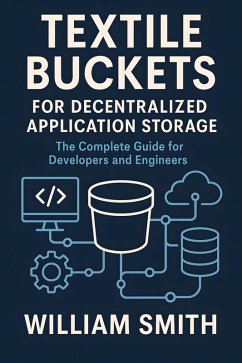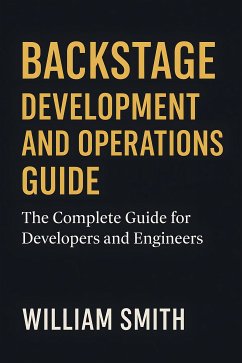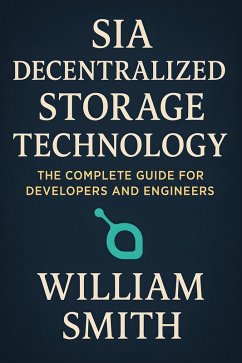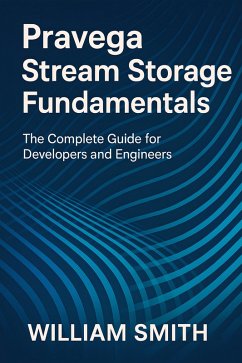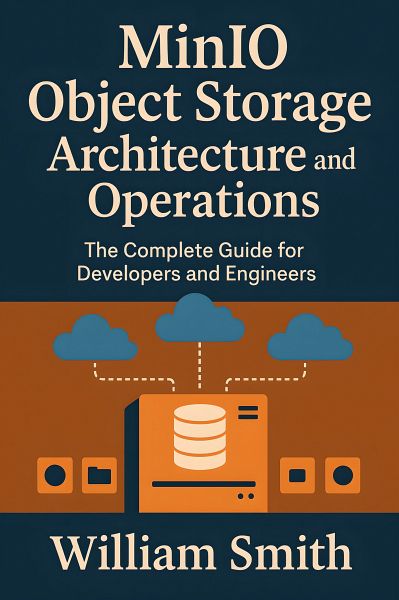
MinIO Object Storage Architecture and Operations (eBook, ePUB)
The Complete Guide for Developers and Engineers

PAYBACK Punkte
0 °P sammeln!
"MinIO Object Storage Architecture and Operations" "MinIO Object Storage Architecture and Operations" offers an exhaustive and insightful exploration into the world of software-defined object storage, with a precise focus on MinIO's open-source platform. From foundational principles distinguishing object storage from traditional block and file paradigms, the book guides the reader through MinIO's design vision, S3 compatibility, and a nuanced ecosystem analysis. Each concept - from buckets and metadata to the critical role of APIs and supported infrastructure environments - is meticulously exp...
"MinIO Object Storage Architecture and Operations" "MinIO Object Storage Architecture and Operations" offers an exhaustive and insightful exploration into the world of software-defined object storage, with a precise focus on MinIO's open-source platform. From foundational principles distinguishing object storage from traditional block and file paradigms, the book guides the reader through MinIO's design vision, S3 compatibility, and a nuanced ecosystem analysis. Each concept - from buckets and metadata to the critical role of APIs and supported infrastructure environments - is meticulously explained, framing MinIO within the broader storage landscape. Delving into internal architecture, deployment strategies, and operational excellence, the book provides a clear view of distributed system design, erasure coding for resilience, and cluster scalability. Readers will gain hands-on knowledge of deploying MinIO on bare metal, virtualized, and cloud-native platforms, with detailed guidance on Kubernetes integration, infrastructure automation, and best practices for large-scale environments. Security is accorded comprehensive coverage, encompassing authentication, encryption, compliance, and API safeguarding, equipping administrators to meet stringent regulatory and operational requirements. Beyond deployment and management, the book examines advanced features such as disaster recovery, policy-driven lifecycle management, performance tuning, and observability methods using state-of-the-art tooling. Practical integration advice for analytics, machine learning, event-driven systems, and hybrid identity federation is coupled with robust operational playbooks for upgrades, disaster recovery, and proactive cluster maintenance. Finally, a forward-looking analysis discusses trends shaping the future of object storage-including its pivotal role in AI, big data, edge computing, and next-generation security and compliance-making this book a definitive resource for both practitioners and architects seeking mastery of MinIO-enabled object storage.
Dieser Download kann aus rechtlichen Gründen nur mit Rechnungsadresse in A, B, BG, CY, CZ, D, DK, EW, E, FIN, F, GR, H, IRL, I, LT, L, LR, M, NL, PL, P, R, S, SLO, SK ausgeliefert werden.




